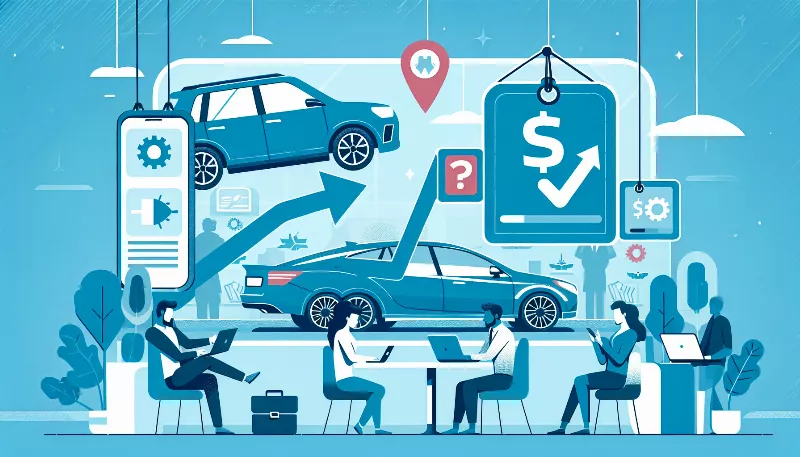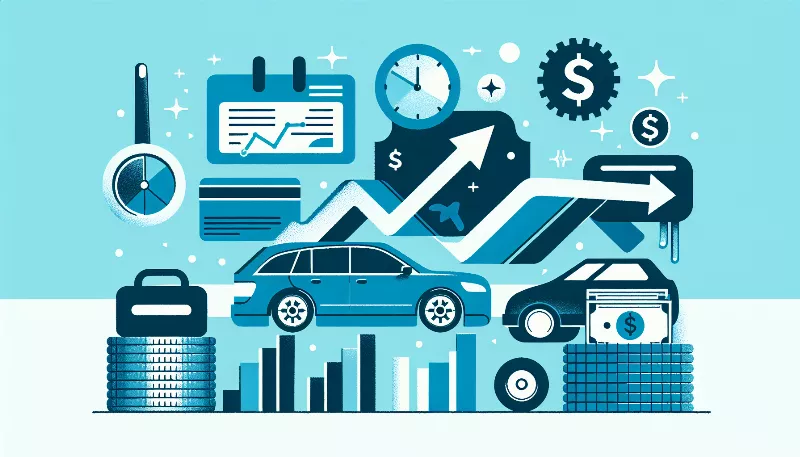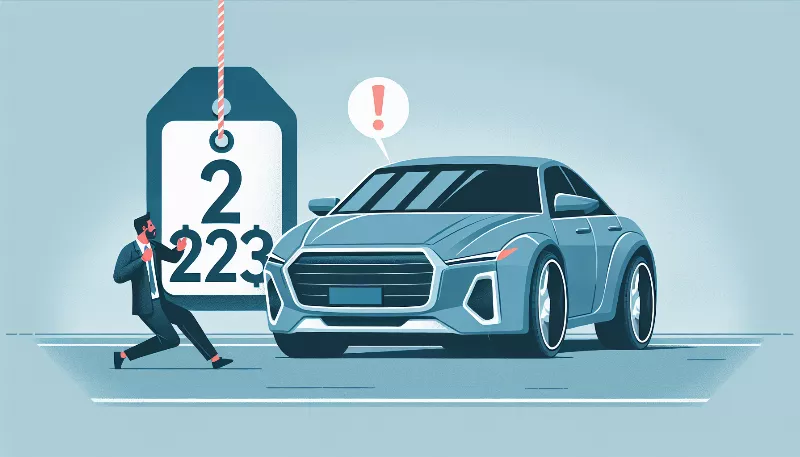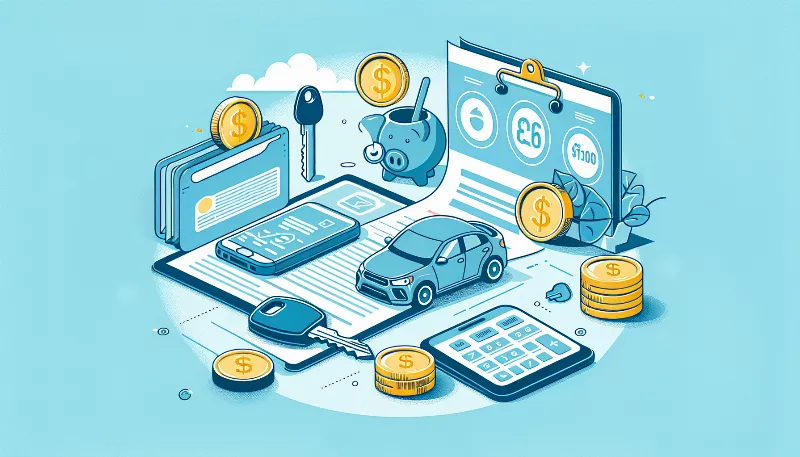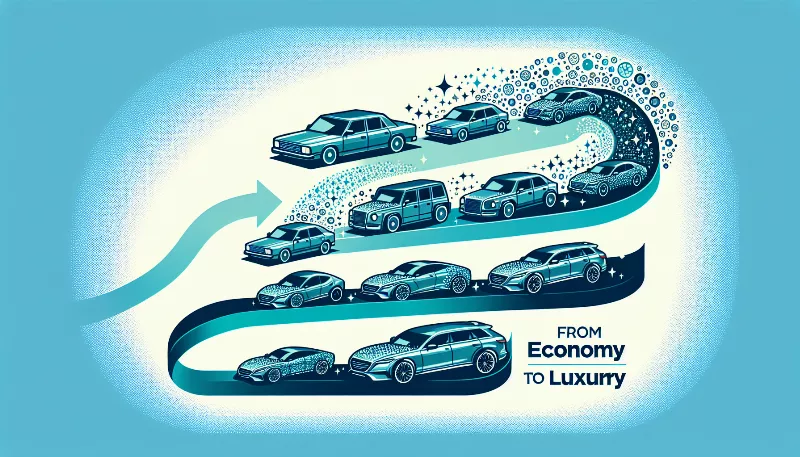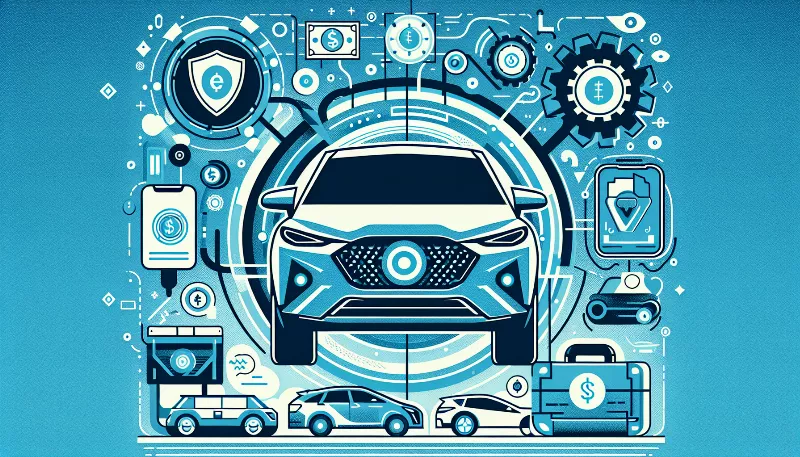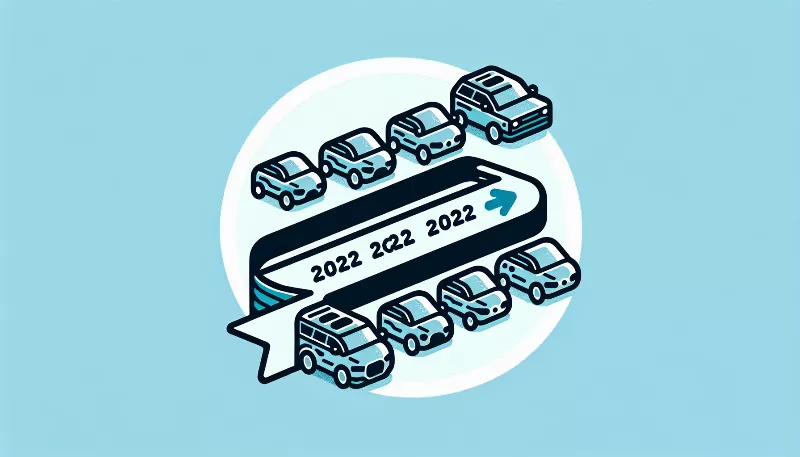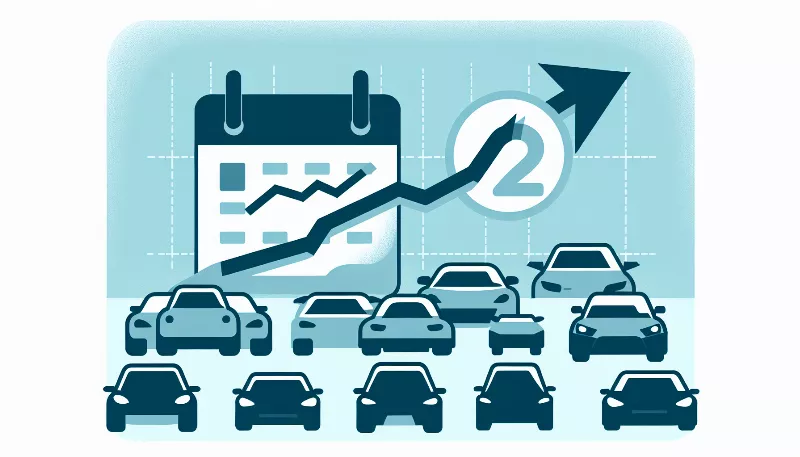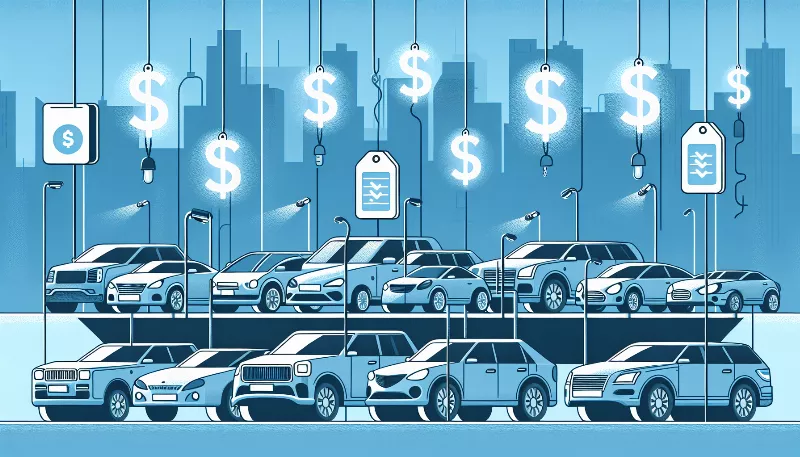What factors are contributing to the rise in car prices in 2023?
Discover key drivers behind soaring 2023 car prices. From supply chain woes to tech advancements, get the full scoop on what's fueling the surge.
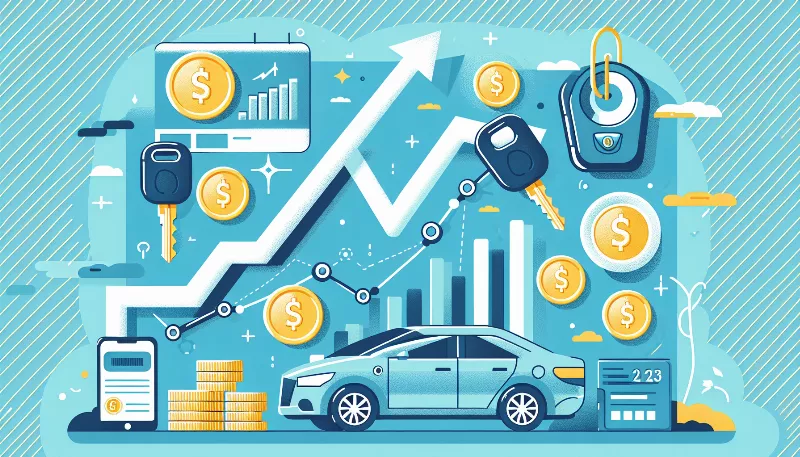
Introduction
Welcome, car enthusiasts and curious consumers alike! If you've been keeping an eye on the automotive market recently, you've likely noticed a trend that's hard to ignore: car prices are soaring in 2023. But what's fueling this rapid acceleration in costs? Let's buckle up and drive through the various factors contributing to this phenomenon.
Supply Chain Disruptions
One of the primary culprits behind the rising car prices is the ongoing supply chain disruptions. The aftershocks of the global pandemic are still being felt across industries, with the automotive sector hit particularly hard. Shortages of semiconductors, which are crucial components in modern vehicles, have led to production delays and limited inventory. This scarcity has inevitably driven up prices as manufacturers struggle to meet consumer demand amidst these constraints.
Raw Material Costs
The cost of raw materials required to manufacture vehicles has also seen a significant uptick. Metals such as steel, aluminum, and precious metals used in catalytic converters have become more expensive. This increase is partly due to heightened demand in other sectors and geopolitical tensions affecting commodity markets. As automakers grapple with these rising costs, the impact trickles down to the showroom floor, where buyers feel the pinch.
Technological Advancements
Today's cars are not just modes of transportation; they are marvels of technology. With advancements in safety features, electric vehicle (EV) technology, infotainment systems, and autonomous driving capabilities, the cost of research and development (R&D) has skyrocketed. These innovations, while enhancing the driving experience, come with a price tag that reflects the cutting-edge technology they incorporate.
Environmental Regulations
As the world becomes increasingly eco-conscious, stringent environmental regulations are being implemented. These regulations require automakers to invest in cleaner, more sustainable technologies. The shift towards EVs and hybrid models, in response to these regulations, involves substantial R&D and retooling costs. These expenses are, in turn, passed on to consumers who are looking for greener transportation options.
Increased Demand
Despite the higher prices, demand for new vehicles remains robust. With economies recovering and personal savings rates at high levels due to reduced spending during the pandemic, many consumers are ready to invest in new cars. This strong demand in the face of limited supply further exacerbates the upward pressure on vehicle prices.
Inflationary Pressures
Inflation is another factor that cannot be overlooked when discussing the rise in car prices. As the cost of living increases, so does the cost of manufacturing and selling vehicles. From labor to logistics, every aspect of the automotive production process is affected by inflation, leading to higher prices for the end consumer.
Conclusion
In conclusion, the ascent in car prices in 2023 is not due to a single factor but a complex interplay of supply chain issues, raw material costs, technological advancements, environmental regulations, robust demand, and inflationary pressures. While these rising costs may pose challenges for buyers, they also reflect the evolving landscape of the automotive industry as it steers towards a more technologically advanced and sustainable future. So, if you're in the market for a new set of wheels, understanding these factors can help you navigate the terrain of today's car buying journey with confidence!

